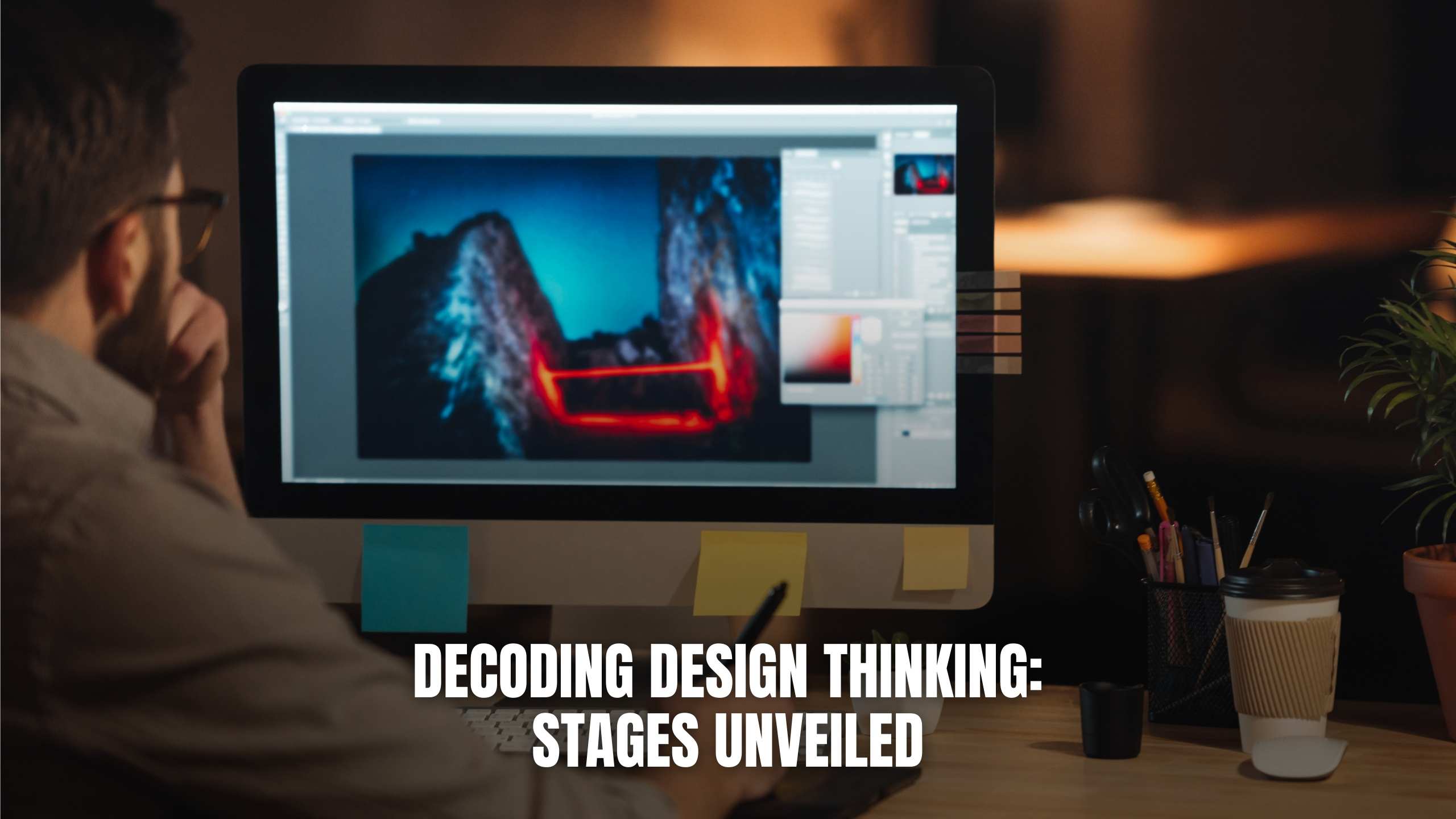Decoding Design Thinking: Stages Unveiled


Decoding Design Thinking: Stages Unveiled
Design thinking is a powerful methodology that empowers teams to solve complex problems and innovate through a human-centric approach. In this in-depth exploration, we unravel the stages of design thinking, providing insights into each phase and how it contributes to fostering creativity and innovation.
1. Empathize: Understanding User Needs
The first stage of design thinking involves empathizing with the end-users. User Interviews is an invaluable SaaS product that facilitates the empathetic exploration of user needs. By conducting user interviews and gathering qualitative data, teams can gain a deep understanding of user experiences and pain points.
2. Define: Crafting a Clear Problem Statement
Once user needs are understood, the next step is defining the problem. Miro is a collaborative online whiteboard platform that supports teams in crafting a clear problem statement. Its visual tools enable teams to collaborate in real-time, ensuring a shared understanding of the problem at hand.
3. Ideate: Generating Creative Solutions
Ideation is the stage where diverse ideas are generated. IdeaScale is a crowdsourcing platform that encourages collaborative ideation. By gathering ideas from team members and stakeholders, organizations can tap into collective creativity, fostering a multitude of potential solutions.
4. Prototype: Transforming Ideas into Tangible Solutions
Prototyping involves transforming selected ideas into tangible solutions. Framer is a prototyping tool that empowers designers to bring their concepts to life. With its interactive design features, teams can quickly iterate and visualize potential solutions before investing in full development.
5. Test: Gathering Feedback for Iterative Refinement
Testing is a crucial phase where prototypes are evaluated for effectiveness. Lyssna offers usability testing tools to gather feedback on designs. By obtaining insights from real users, teams can iterate and refine their solutions based on user experiences, ensuring a user-centric final product.
Recommended SaaS Products:
- User Interviews: Streamline the empathizing phase by conducting user interviews and gaining valuable insights into user experiences, needs, and pain points.
- Miro: Facilitate collaborative problem definition with Miro’s online whiteboard platform, allowing teams to craft a clear problem statement and ensure a shared understanding.
- IdeaScale: Drive creative ideation with IdeaScale’s crowdsourcing platform, encouraging diverse inputs and fostering a multitude of potential solutions.
- Framer: Transform ideas into tangible solutions by using Framer’s prototyping tools, enabling designers to iterate and visualize concepts before full development.
- Lyssna: Gather feedback and insights during the testing phase with Lyssna’s usability testing tools, ensuring that prototypes are evaluated for effectiveness and refinement.
Conclusion
Design thinking is a dynamic and iterative process that places users at the center of problem-solving. By empathizing, defining, ideating, prototyping, and testing, teams can navigate complex challenges with creativity and innovation. Incorporating design thinking into your workflow can lead to more effective solutions and a competitive edge in the market.
Supercharge Your Innovation with Subscribed.fyi!
Ready to elevate your innovation journey? Subscribed.fyi offers exclusive deals on essential SaaS tools. Sign up for free today to unlock savings on 100+ SaaS tools, including those that enhance your design thinking and innovation processes. Empower your team with secret deals and make informed decisions with Subscribed.fyi.
Relevant Links:





